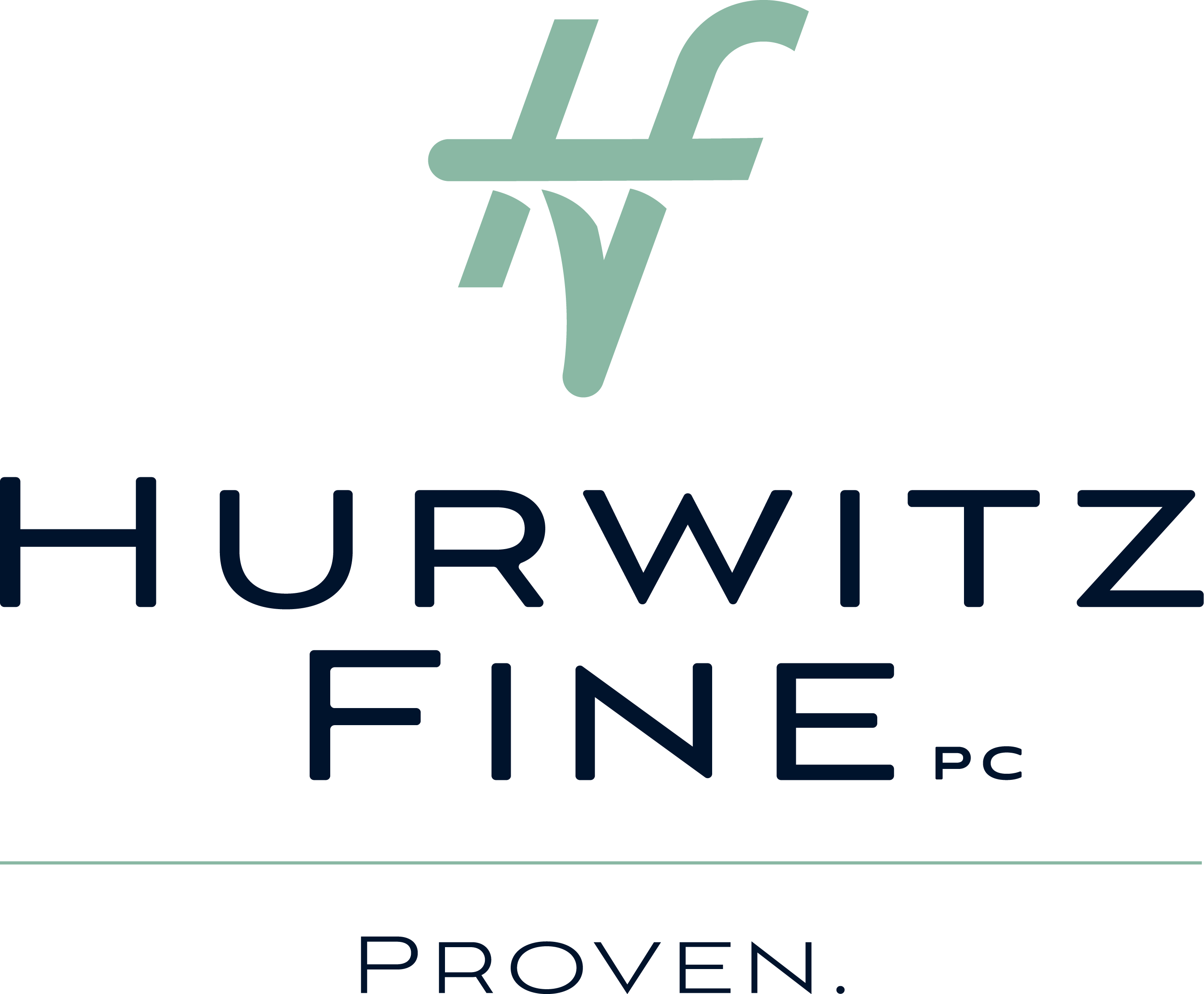New York State Insurance Department Issues Guidance
To Health Plans and Other Insurers Regarding Internet Advertising
On February 1, 2001, the New York State Insurance Department issued guidelines for New York insurers concerning the application of the New York’s Insurance Law to advertisements, solicitations and referrals on the Internet.
The Insurance Department advised that insurance companies, agents and brokers who maintain web sites which solicit insurance must be licensed with New York state if they are offering insurance products and services to New York residents. Non-New York licensees are required to design their web sites to prevent New York residents from transacting business with the non-licensee.
The Insurance Department also stated that advertisements on the Internet for insurance products and services of licensed New York insurers, brokers and agents may appear on a web site of a person or entity that is not licensed with the Insurance Department as long as the advertisement does not contain any recommendations, promotions or other endorsements of the insurance products and services by the non-licensee. If the insurance products or services being advertised are being offered by an insurer not licensed in New York, the advertisements (or the web sites on which they appear) must contain a disclaimer that the products and services are not available in New York State.
To view the Insurance Department guidelines, click, here: http://www.ins.state.ny.us/cl01_05.htm.
Implementing an Information Security Program for Patient Records
With the release of the patient information privacy regulations under the Health Insurance Portability and Accountability Act, it is important for medical providers and other entities handling patient information to establish patient information security programs. Here are some items to consider in implementing an information security program:
· Appoint an information security officer to oversee security matters.
· Review current protocols for securing patient information and determine whether appropriate physical barriers are in place to protect information. Implement a program for physically securing patient information (i.e., storing information in locked cabinets and drawers).
· Limit access to computer terminals containing patient information by locating terminals away from high traffic areas and limit computer access through user passwords.
· Establish a uniform policy regarding the discarding of “old” information (i.e. require paper documents to be shredded, etc.).
· Establish protocols for off-hour access to employees and keep a list of all persons with such access. Require departing employees to return access keys.
· Implement technical security procedures to prevent electronic break-ins and encrypt records that will are may be transmitted over the Internet.
Selecting a Name for a Medical Practice in New York
Selecting a name for a new medical practice entity, whether the new entity is to be a limited liability company, limited liability partnership or professional service corporation, is not typically viewed as a complicated matter. Provided that the name chosen is in compliance with laws which prohibit the use of certain words or phrases in entity names (see, for example, Section 204 of the New York Limited Liability Company Law http://assembly.state.ny.us/cgi-bin/claws?law=57&art=3) most entity names are approved by the New York Department of State.
However, there are instances where the New York Department of State will reject a proposed name on the grounds that it is indistinguishable from the name of an entity already formed. To avoid this problem, the New York Department of State accepts written requests to check for name availability. The cost for a name availability search is $5. Another way to check for name availability is to utilize the Department of State’s Corporation and Business Entity Database. By typing into the search database some of the “key” words of the proposed name, the database user will be able to determine whether there are other entities with the same or similar name. Of course, this type of search is unofficial. However, using the database identifies any potential name problems quickly and does not require a written request.
Once it is determined that a name is available for use, it may be advisable to reserve the name with the Department of State. The cost of a name reservation is $20. A name reservation typically remains in effect for sixty days and ensures that no other entity will select the name that has been reserved.
New York State Tax Appeals Tribunal Denies Sales Exemption
For Medical Imaging Equipment
A recent New York State Tax Appeals Tribunal decision may have significant impact on the manner in which medical imaging companies report their purchase or lease of diagnostic equipment such as x-ray devices, MRI machines and CAT scanners.
In the Matter of the Petition of University Medical Imaging, P.C., 816312, University Medical Imaging, P.C. sought an exemption from New York State sales tax for its diagnostic equipment on the ground that its diagnostic equipment was exempt from taxation because it was equipment or machinery used by the taxpayer in the production of tangible personal property offered for sale. The taxpayer maintained that the images produced by the diagnostic equipment fit within the definition of tangible personal property offered for sale. The New York State Tax Appeals Tribunal rejected the taxpayer’s position and affirmed the determination of the administrative law that the images produced through the diagnostic equipment were not items separately for sale, but were part of the taxpayer’s delivery of medical services. As a result, the taxpayer was denied an exemption for the diagnostic equipment.
Medical imaging companies should take note of this decision and may wish to review with counsel and tax professionals their sales tax obligations with respect to medical imaging equipment.

